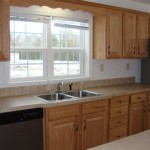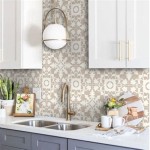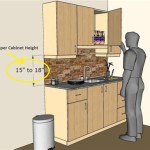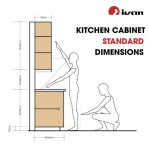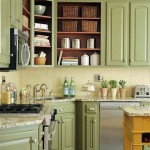Typical Kitchen Cabinet Height: Essential Aspects for Functionality and Design
Kitchen cabinets are a fundamental element of any kitchen, providing storage, functionality, and visual appeal. Their height is a crucial aspect that significantly impacts the overall ergonomics, efficiency, and aesthetics of the space. Understanding the essential considerations for typical kitchen cabinet height is vital for creating a well-designed and practical kitchen.
The height of kitchen cabinets is typically determined by several factors, including counter height, user height, and the intended usage of the cabinets. Let's explore these essential aspects in detail:
### 1. Counter HeightThe counter height is a primary factor that influences cabinet height. Standard counter heights range from 36 to 39 inches, with 36 inches being the most common. The ideal cabinet height should allow for comfortable usage of the countertop, ensuring proper posture and minimizing strain on the back and neck.
### 2. User HeightThe height of the user also plays a role in determining cabinet height. Taller individuals may prefer higher cabinets to avoid stooping or bending, while shorter individuals may require lower cabinets to reach the upper shelves comfortably. Considering the average user height in the household is crucial for optimal functionality.
### 3. Cabinet UsageThe intended usage of the cabinets affects their height. Base cabinets, designed for storage of heavier items like pots and pans, are typically lower than wall cabinets, which are used for storing lighter items such as glasses and dishes. Upper cabinets are often mounted higher to accommodate taller items like glassware and bulky appliances.
### 4. Ergonomics and FunctionalityErgonomics is the study of designing products that minimize strain and optimize productivity. The height of kitchen cabinets should be designed to enable efficient and comfortable usage. Proper cabinet height facilitates easy access to items, reduces the need for excessive bending, and promotes good posture.
### 5. Aesthetics and DesignIn addition to functionality, cabinet height also contributes to the overall aesthetics of the kitchen. Higher cabinets can create a more spacious and open feel, while lower cabinets provide a more grounded and traditional look. The height of the cabinets should complement the overall design style and create a balanced and visually appealing space.
### ConclusionUnderstanding the essential aspects of typical kitchen cabinet height is paramount for designing a kitchen that is both functional and aesthetically pleasing. By considering factors such as counter height, user height, cabinet usage, ergonomics, and design, homeowners and designers can create a kitchen that meets their specific needs and preferences.

Measure Your Kitchen Cabinets Before Designing The Layout Cabinet Dimensions Height Measurements

Kitchen Unit Sizes Cabinets Measurements Height Cabinet

N Standard Kitchen Dimensions Renomart

N Standard Kitchen Dimensions Renomart

Kitchen Cabinet Sizes What Are Standard Dimensions Of Cabinets

Standard Kitchen Counter Height Civil Scoops

N Standard Kitchen Dimensions Renomart

Image Result For Kitchen Counter Height Cabinets Measurements Cabinet Sizes
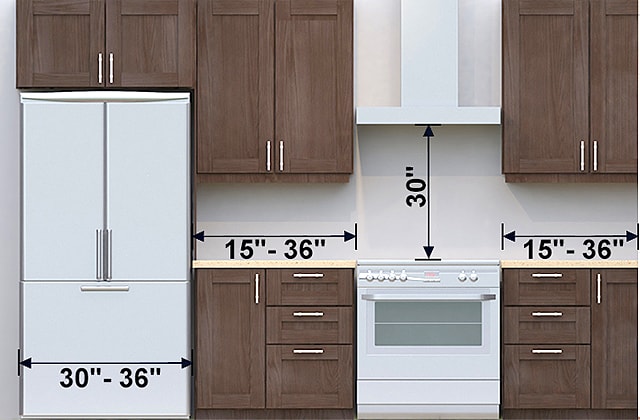
Your Kitchen Renovation Measured For Perfection Rona

Kitchen Unit Door Combinations
Related Posts


